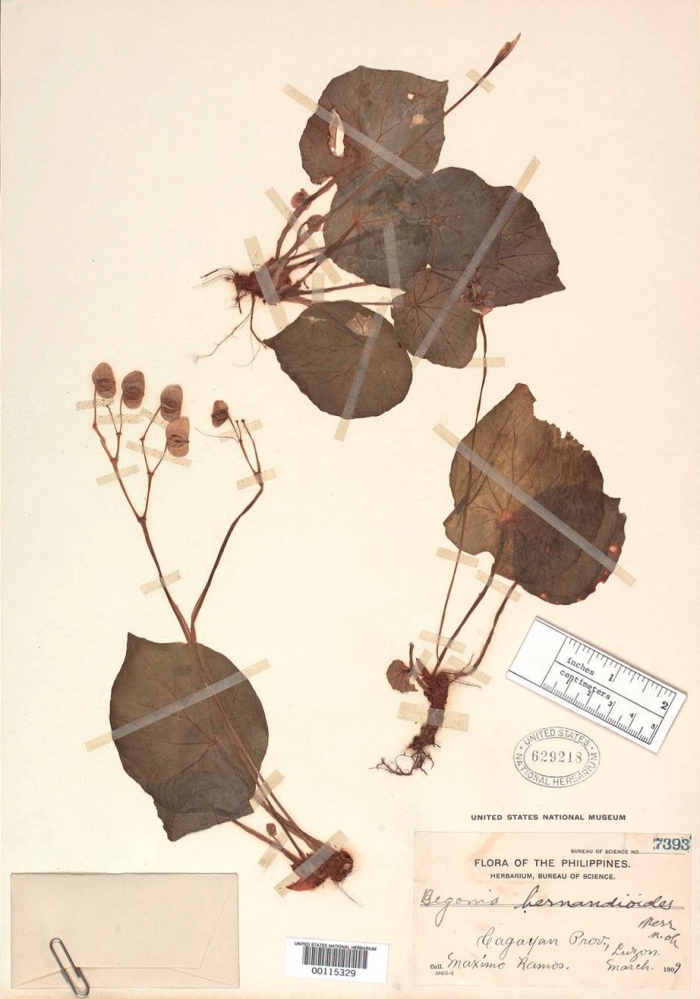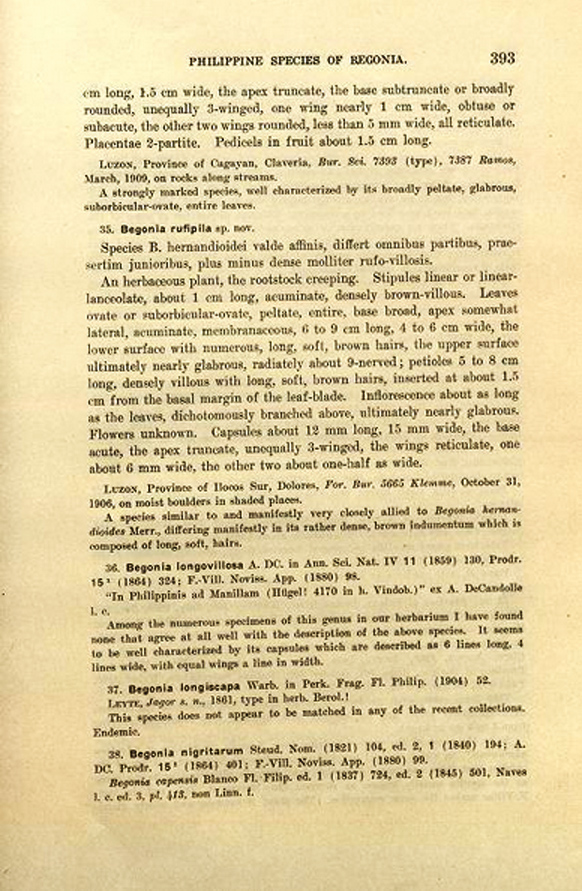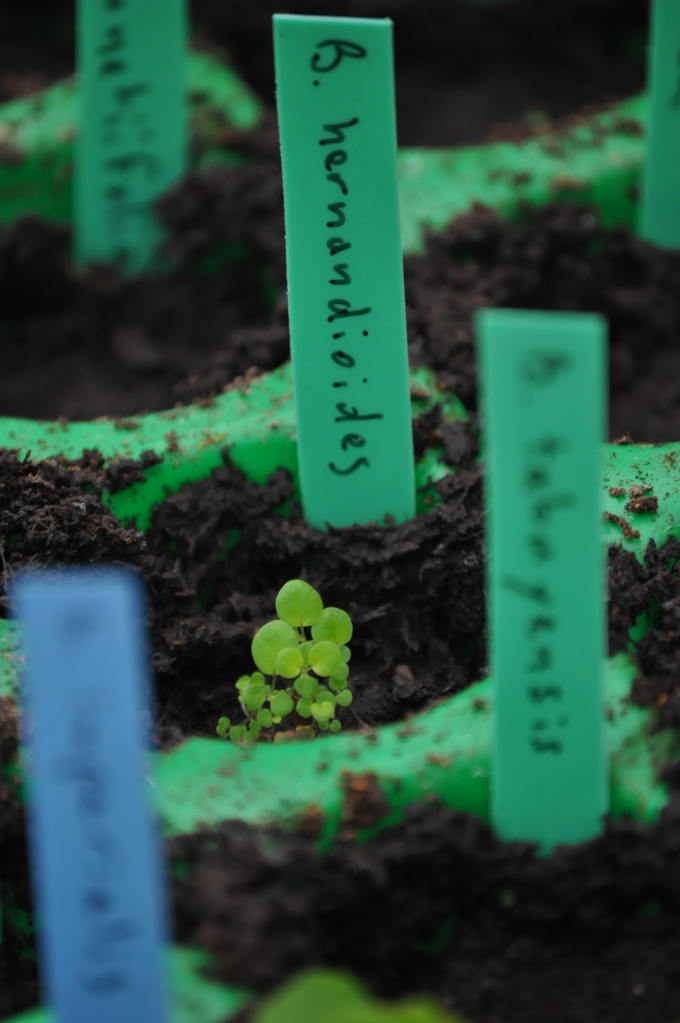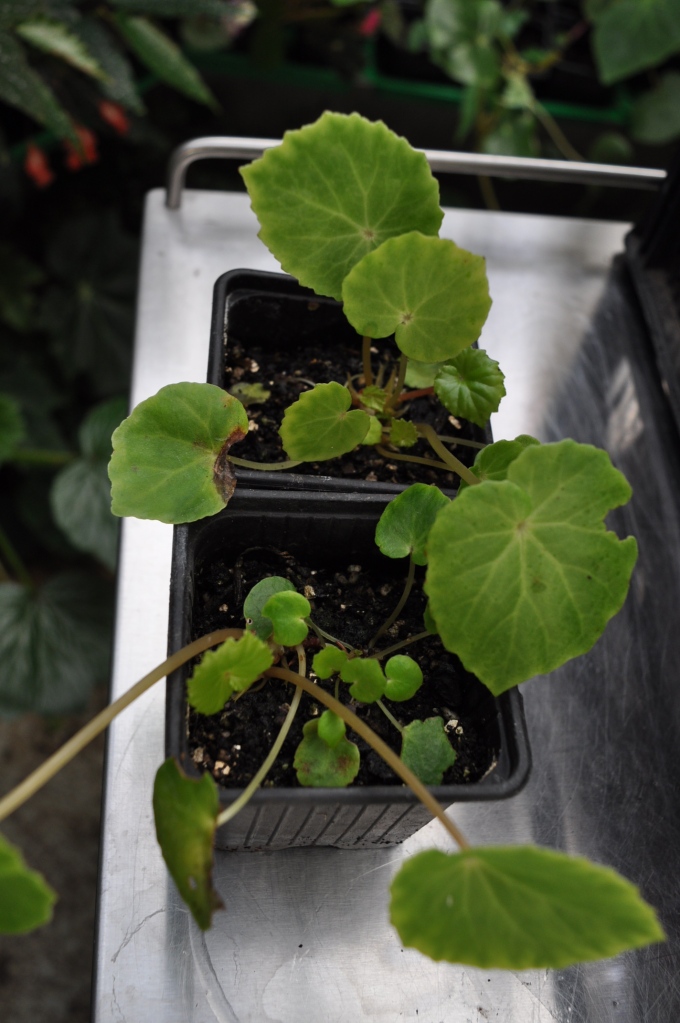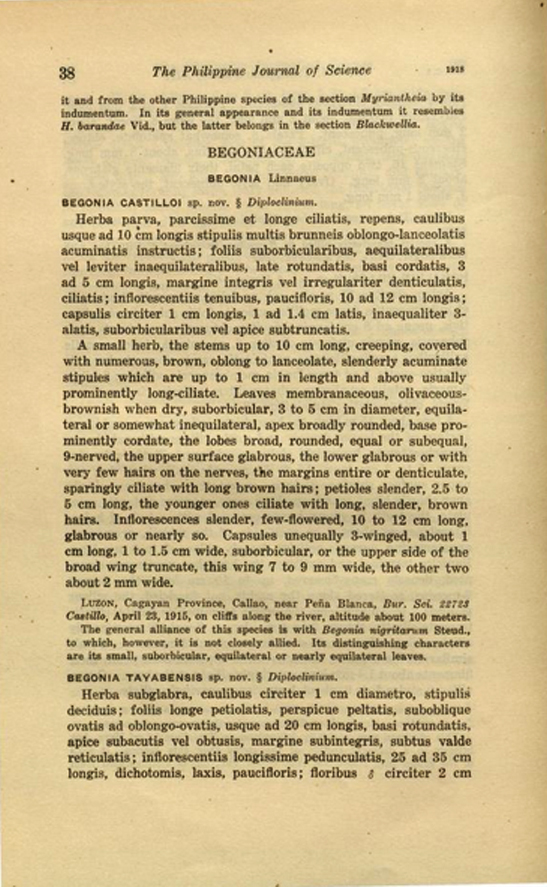La plante a été découverte par Richard C. McGregor (1871-1936) en juillet 1904 sur les rives de la Baco River à Mindoro, puis par E. Merrill en avril 1907 près du lac Naujan, c’est cette plante prélevée qui constitue l’isotype de l’espèce. Elle avait déjà été trouvée aussi à Palawan, près de Iwahig en avril 1906 par Adolph D.E. Elmer et fut encore trouvée par Maximo Ramos dans la province de Tabayas, à Luzon, en mars 1911.
La plante a été dénommée et décrite en 1911 par Elmer Drew Merrill (1876-1956) dans le Philippine Journal of Science numéro 6, page 396.
L’espèce était classée dans la section Diploclinium.
Récemment, elle a été déplacée dans la section Baryandra (source Recircumscription of Begonia sect. Baryandra (Begoniaceae): evidence from molecular data par Rosario Rivera Rubite, Mark Hughes, Grecebio JD Alejandro et Ching-I Peng)
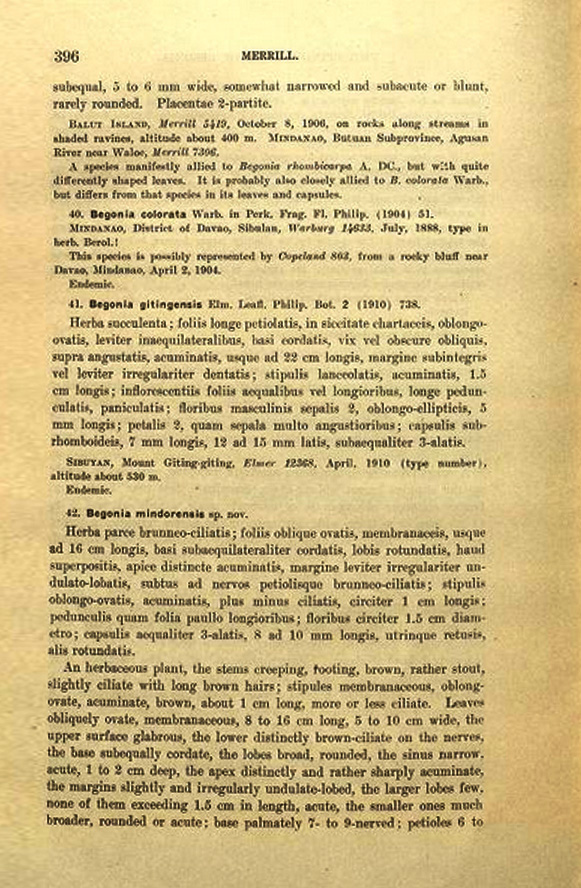

Selon l’auteur, cette espèce est visuellement proche de Begonia rhombicrapa A.DC. (de nos jours Begonia nigritarum Steud.) et ses diverses formes dont elle diffère par une taille plus grande, les pétioles et feuilles ciliées et surtout ses capsules aux ailles arrondies.

Plante rhizomateuse, feuilles ovales obliques pointues de 8 à 16 centimètres, le plus souvent vert vif, brillantes avec les nervures saillantes en creux, bords dentelées. Le revers des feuilles est pourpre rouge avec les nervures saillantes. Fleurs généralement blanches, parfois rose vif.
Multiplication par semis, division, bouture de rhizome.
Plante assez facile à conserver et à faire fleurir.

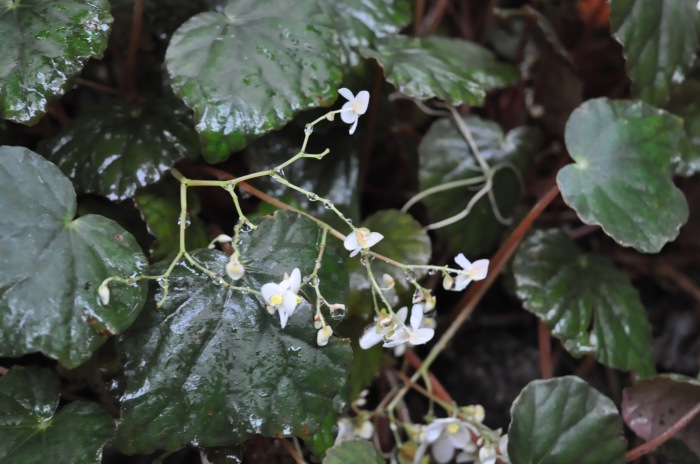
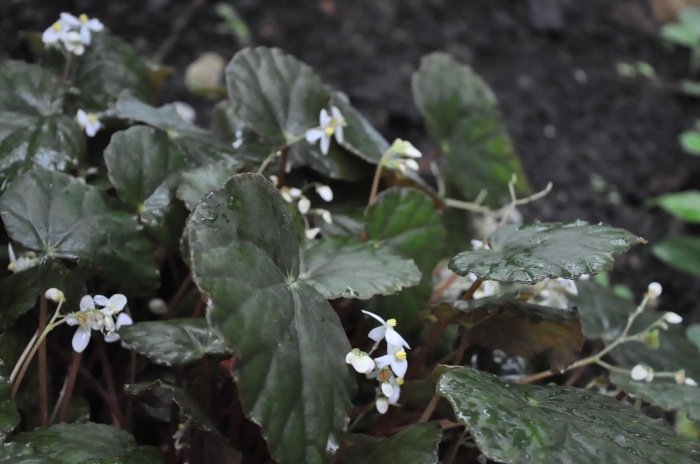
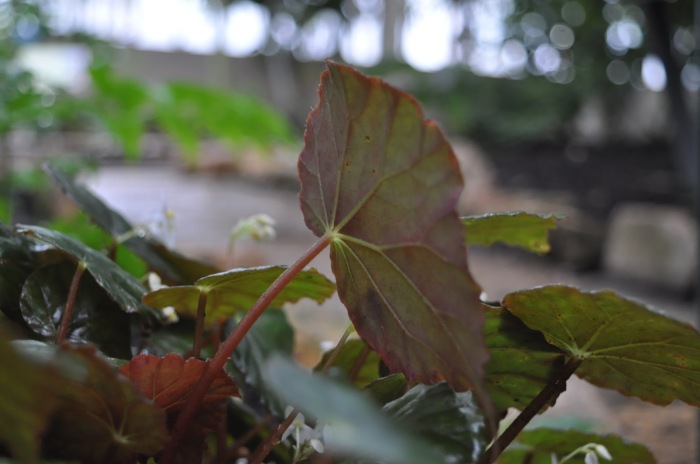




The plant was discovered by Richard C. McGregor (1871-1936) in July 1904 on the banks of the Baco River in Mindoro, and by E. Merrill in April 1907 near Lake Naujan, it is this plant that is the first isotype of the species. It was also found in Palawan, near Iwahig in April 1906 by Adolph D.E. Elmer and was again found by Maximo Ramos in Tabayas Province, Luzon, in March 1911.
The plant was named and described in 1911 by Elmer Drew Merrill (1876-1956) in the Philippine Journal of Science number 6, page 396.
The species was classified in the Diploclinium section.
Recently, it has been moved to the Baryandra section (Source Recircumscription of Begonia sect. Baryandra (Begoniaceae): evidence from molecular data by Rosario Rivera Rubite, Mark Hughes, Grecebio JD Alejandro and Ching-I Peng)
This species is close to Begonia rhombicrapa A.DC. and its various forms of which it differs by a larger size, the petioles and ciliated leaves and especially its capsules with rounded wings.
Rhizomatous plant, oval oblique leaves pointed 8 to 16 centimeters, mostly bright green, shiny with prominent veins, serrated edges. The reverse of the leaves is purple red with prominent veins. Flowers usually white, sometimes bright pink.
Propagation by seedling, division, rhizome cutting.
Plant quite easy to keep and to bloom.
